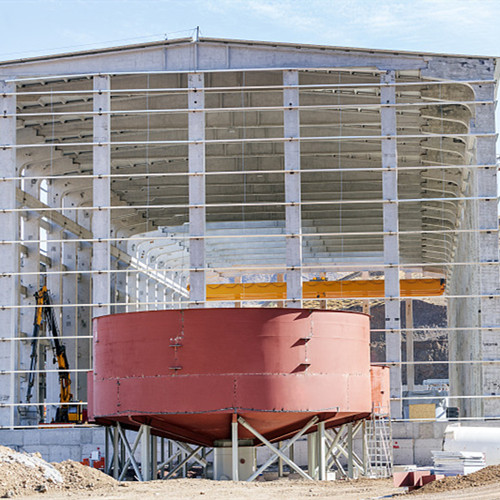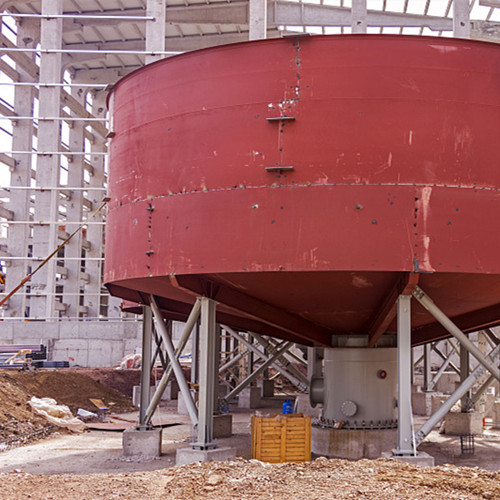Sodium carboxymethyl cellulose is used in the mineral processing industry, mainly for its inhibition and dispersion of mineral flotation.
Dispersion: disperse by adjusting the electrical properties of the mineral surface;
Inhibition: It can adjust the wettability of mineral surface and inhibit its flotation.



The mineral processing users we mainly contact include nickel ore, copper ore, gold ore, pyrite, and montmorillonite. Here is a brief introduction.
1. When beneficiating nickel ore, the flash furnace smelting technology is adopted to strictly control the MgO impurity content in the flotation nickel concentrate. Serpentine, talc and other magnesium-containing silicate gangues entering the flotation concentrate will increase the concentration of the concentrate. Medium MgO content affects subsequent smelting.
effect:
A. Sodium carboxymethyl cellulose can reduce the hydrophobicity of the mineral surface, inhibit talc and chlorite, thereby reducing the MgO content in the flotation concentrate.
B. Serpentine and pyrite undergo heterogeneous aggregation due to electrostatic interaction, which affects the buoyancy of pyrite. Sodium carboxymethyl cellulose can adjust the electrical properties of the mineral surface to disperse serpentine and pyrite, and then Reduce the effect of serpentine on the floatability of pyrite.

2. In pyrite, the role of sodium carboxymethyl cellulose in the separation of serpentine and pyrite, the effect of sodium carboxymethyl cellulose with different structures on the flotation of pyrite under different pH conditions, In the interval of pH less than 11, pyrite has good buoyancy, and the recovery rate can reach more than 80%. When the pH is greater than 11, the surface of pyrite is oxidized to form a hydrophilic iron hydroxide film, and the recovery rate decreases.
The presence of serpentine will affect the flotation of pyrite, and the addition of sodium carboxymethyl cellulose eliminates the inhibitory effect of serpentine on pyrite. At this time, the flotation recovery rate of pyrite is higher than that of only serpentine. The condition that stone is added, the effect of sodium carboxymethyl cellulose is better when the pH is increased. When PH=9, the surface electrical properties of serpentine and pyrite are opposite, and heterogeneous coagulation occurs, which affects the flotation of pyrite. Sodium carboxymethyl cellulose can disperse serpentine and pyrite and eliminate serpentine. The impact of rock on pyrite flotation, the higher the degree of substitution of sodium carboxymethyl cellulose, the lower the relative molecular weight, and the more significant the dispersion effect. Moreover, sodium carboxymethyl cellulose can be adsorbed on the surface of serpentine and pyrite to change the surface electrical properties of serpentine, thus having little effect on the surface electrical properties of pyrite. In the presence of sodium carboxymethyl cellulose, the interaction between serpentine and pyrite changed from attraction to repulsion, and serpentine and pyrite dispersed in different phases.

3. In montmorillonite, the adsorption mode of dispersant Sodium CMC on the surface of montmorillonite particles is: when the amount of montmorillonite is small, sodium carboxymethyl cellulose is flat on the surface of a single montmorillonite particle. Horizontal adsorption, and vertical adsorption when the amount of montmorillonite is large. This adsorption method of sodium carboxymethyl cellulose leads to an increase in the charge number of montmorillonite particles, an increase in the electric double layer potential of the particles, and an increase in the static electricity. The repulsive force increases, thereby improving the dispersion performance of the system.
